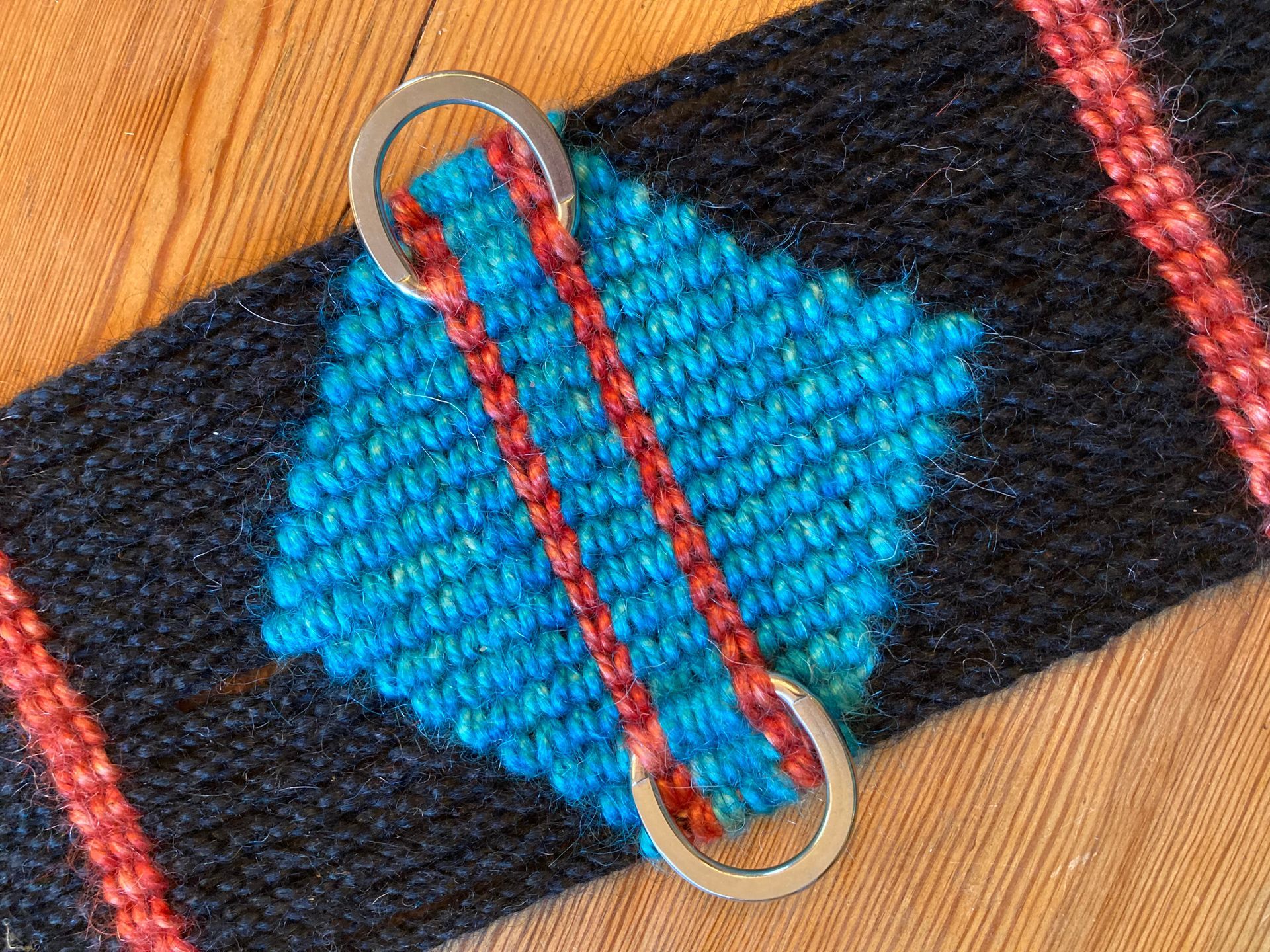I have been using mohair girths and cinches for years, and I love them. So do my horses. I have a variety of girths and cinches, and they have all proven themselves over and over again through the miles of tough trail conditions and weather extremes to which they have been subjected. They are durable, strong, and easy to care for, but what I love most about them are how well they work for my horses. Soft, with just enough “give” to keep my horse comfortable and friction-free, I have not had to worry about rubs or girth galls.
I started making mohair cinches several years ago for my own needs and those of family members, and now that I am retired from teaching, I have the time to make custom mohair girths and cinches for others. I love working with mohair and making a product that can be put to good use right away and which will last for years. There are also many wonderful colors and design options to consider; in addition to its functional purpose, there is a fun, creative component to making a mohair cinch.
All of my girths and cinches are made by hand on wooden looms from 100% mohair with stainless steel or brass buckles and D-rings. Prices start at $145.00 for a 17 strand (single layer) tied standard cinch or 14-strand (single layer) English girth, and $175 for a 27 strand (double layer) woven girth or cinch.


